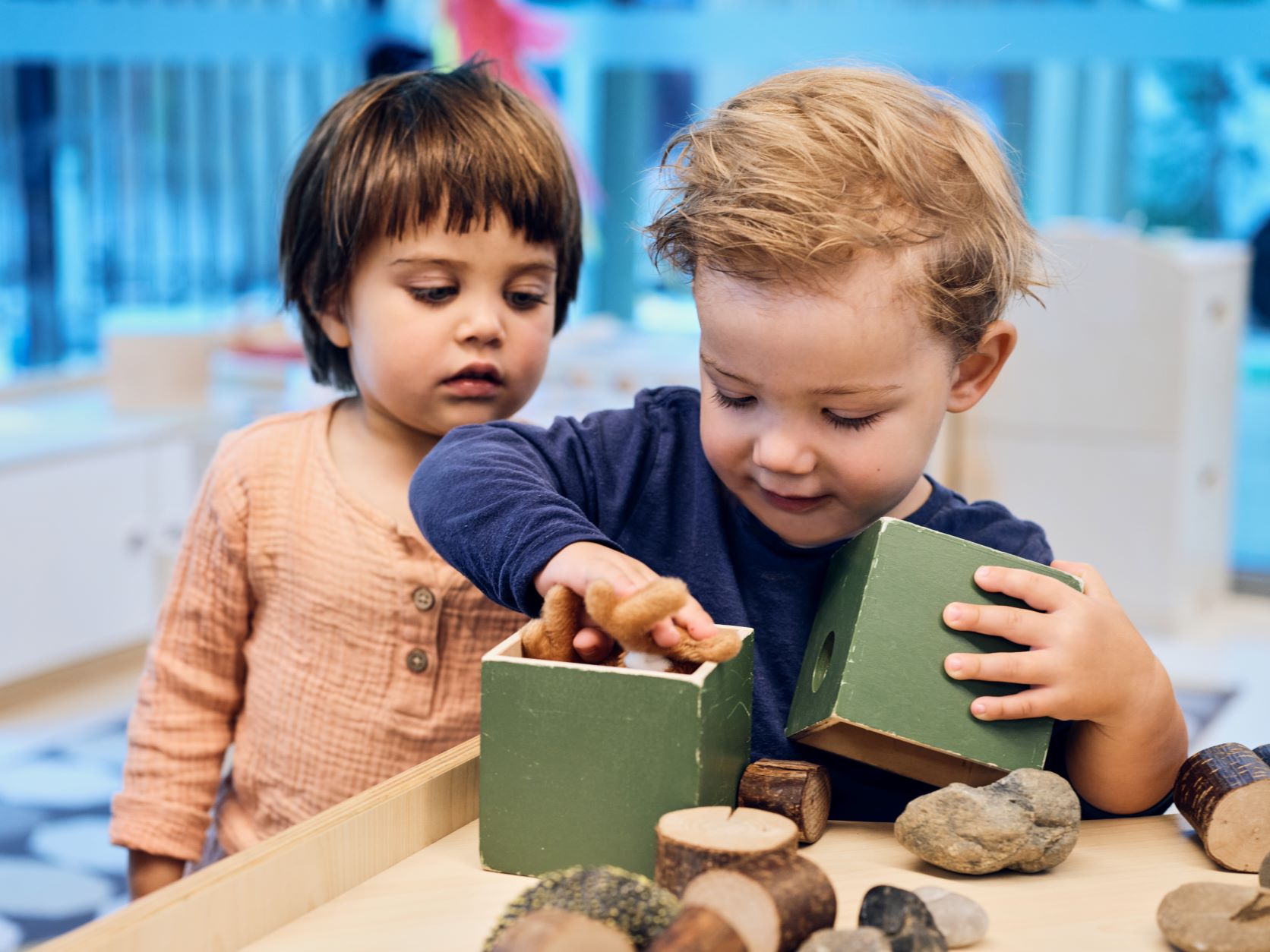Key Points:
- To extend our understanding of the terminology used in relation to social categories and anti-bias practice
- To understand how babies and young children develop social identities
- To consider children’s understanding of similarity and difference and the adult's role in celebrating difference and challenging negative stereotyping
- To explore the impact of our own values and biases on practice
What is one key important idea behind this series?
There are three connecting ideas that underpin this series.
- Personality development is a major feature of children’s early development; their understanding of who they are as people and how they feel about themselves.
- How we feel about ourselves influences our responses to new experiences, our attitudes to others and therefore, our approach to learning about the world.
- Our social identities (our gender or ethnicity, for example) are a central part of our sense of self and these are created through and by our interactions and relationships with others in our social environments.
But the most important idea behind this series is that we are all interconnected and that by recognising our similarities, we become more open to our differences: ‘Far more unites us than divides us’.
In the series, educators will learn how babies and young children develop social identities – how do these very early experiences about our sense of self, impact our future relationships and social experiences?
In the process of finding out who they are and how they are the same and different to others, young children are also absorbing the feelings and attitudes of those around them about how a child with their particular social identity is expected to be and what other people think about who they are. This can include stereotyped expectations and also biased responses and behaviours. In this way, children learn that some social identities are valued more or less and so how they feel about their own social identity is hugely impacted by whether the people closest to them perceive them as capable and valued beings or not.
For the child who experiences, prejudice and discrimination, opportunities for fulfilment and expression are closed off and their self-confidence may be impaired, which can have negative consequences for their well-being and achievements in life later on. But also, if children who belong to socially privileged groups learn that the group of people they belong to is deemed ‘superior’, their accurate understanding of themselves can be distorted.
Anti-bias practice is an approach to working in early childhood that many educators may have heard about however - for educators who are new to this concept- why is it important to consider an anti-bias approach?
Anti-bias practice is good practice! If we value the well-being of all children, we need to actively develop and engage with everyday practices that address diversity and promote equity for children and their families in every aspect of provision.
Who are some of the theorists or philosophers you think about and discuss when teaching educators about an anti-bias approach to practice?
Writers who I think are really useful in anti-bias practice, are Glenda McNaughton and Patrick Hughes (2011) who discuss ‘unfair thinking habits’, which help us to consider our own attitudes to diversity and, in terms of pedagogy, Louise Derman-Sparks’ work in the U.S. is really useful.
In the course participants will consider children’s understanding of similarity and difference and their role as the adult in celebrating difference and challenging negative stereotyping – what is one example of how educators can challenge negative stereotypes in their day-to-day work with children?
Challenging stereotypes happens at organisational and personal levels. An example of a direct personal challenge from my latest book is to gently correct a child who makes an unkind or inaccurate remark. For example, an English two-year-old may say ‘Your name is funny’ To Yong, a Korean boy and the practitioner might respond, ‘Yong is a nice Korean name. Does it sound funny because you have never heard it before? Just tell Yong: “I don’t know that name”. Now you know a new name! Let’s tell Yong your name.’
After attending this course, what are some of the benefits that educators and teachers may take into their teaching and learning practices with children and families?
I hope educators will take back a greater personal awareness and reflexivity on this topic and I will also be suggesting some practical tasks to support them in reviewing and reflecting on their practice and provision.
We look forward to seeing you at this special event!







